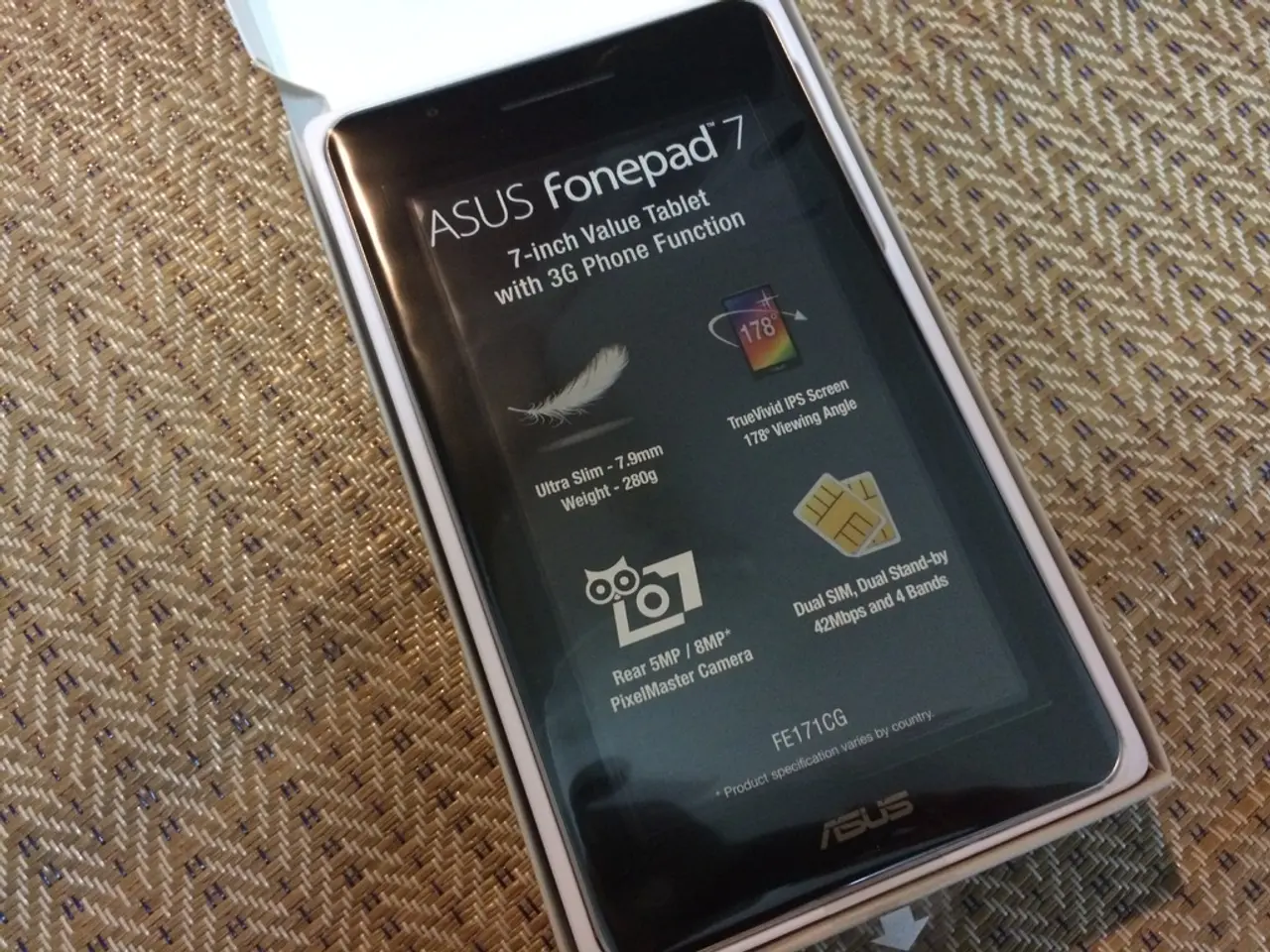Strategies and PCB Design Principles for Managing Electromagnetic Interference and Compatibility
**Managing Electromagnetic Interference (EMI) in PCB Design**
Electromagnetic interference (EMI) is a common issue in modern electronic devices, particularly in high-demand consumer electronics where multiple devices are used simultaneously. EMI can cause noisy disturbances, potentially interfering with other devices and even disrupting plane navigational signals. To mitigate these issues, effective EMI/EMC control is crucial in PCB design.
Implementing best practices can significantly reduce EMI and ensure compliance with regulatory standards. Here are some key strategies:
**Smart PCB Layout**
Minimizing loop areas is essential as large loops can act as antennas, generating EMI. Reducing loop inductance can be achieved by optimizing trace routing and component placement. Power delivery paths should also be minimized to reduce both E-field and H-field emissions.
**Grounding and Shielding**
A good grounding system is vital for providing clean return paths for high-frequency currents. Techniques like star grounding can prevent common-mode noise. Shielding, using shielded connectors and enclosing high-frequency components or sensitive circuits within shields connected to a ground plane, is also effective.
**EMC Tools and Simulation**
Utilizing PCB design software that integrates tools for simulating near-field and far-field radiation patterns helps identify potential EMI sources and optimize the design for EMC compliance. Thermal and electrical simulations should also be performed to validate designs before manufacturing.
**Modular Design for Industrial Applications**
Designing PCBs in modular sections, separating power, control, and signal paths, helps isolate high-current noise from sensitive circuits. Compliance with industry standards such as IPC-2221 and IEC 60950 is essential for reliability and safety.
**Component Placement and Routing**
High-current traces should be routed away from sensitive analog or digital circuits to minimize noise pickup. Differential signaling should be used for critical data lines to reduce noise pickup.
By following these strategies, EMI can be effectively managed, EMC compliance can be ensured, and the overall performance of the PCB design can be enhanced. Other practices include avoiding vias as far as possible in critical traces, using anti-pads when vias cannot be avoided in differential traces, and keeping return paths as short as possible and the loop area as small as possible.
Controlling EMI during the initial phase of PCB design is vital, as it can be risky and expensive at later production stages. At higher frequencies, the reactive term (jwL) becomes more significant than the resistance, causing the return current to follow the path with the lowest loop inductance. Surface-mount devices (SMD) offer lower inductances in comparison with RF energy and higher density due to closer component placements, making them less vulnerable to EMI effects.
In conclusion, EMI management is a crucial aspect of PCB design. By implementing these best practices, designers can ensure their designs are EMC compliant, reduce EMI, and enhance the overall performance of their designs.
In the realm of PCB design, utilizing an impedance calculator can aid in optimizing trace routing and component placement, thus reducing loop inductance and managing EMI effectively. As controlling EMI during the initial phase of PCB design is crucial, implementing controlled impedance technology can ensure a design's EMC compliance and enhance overall performance by providing a controlled route for high-frequency currents.




